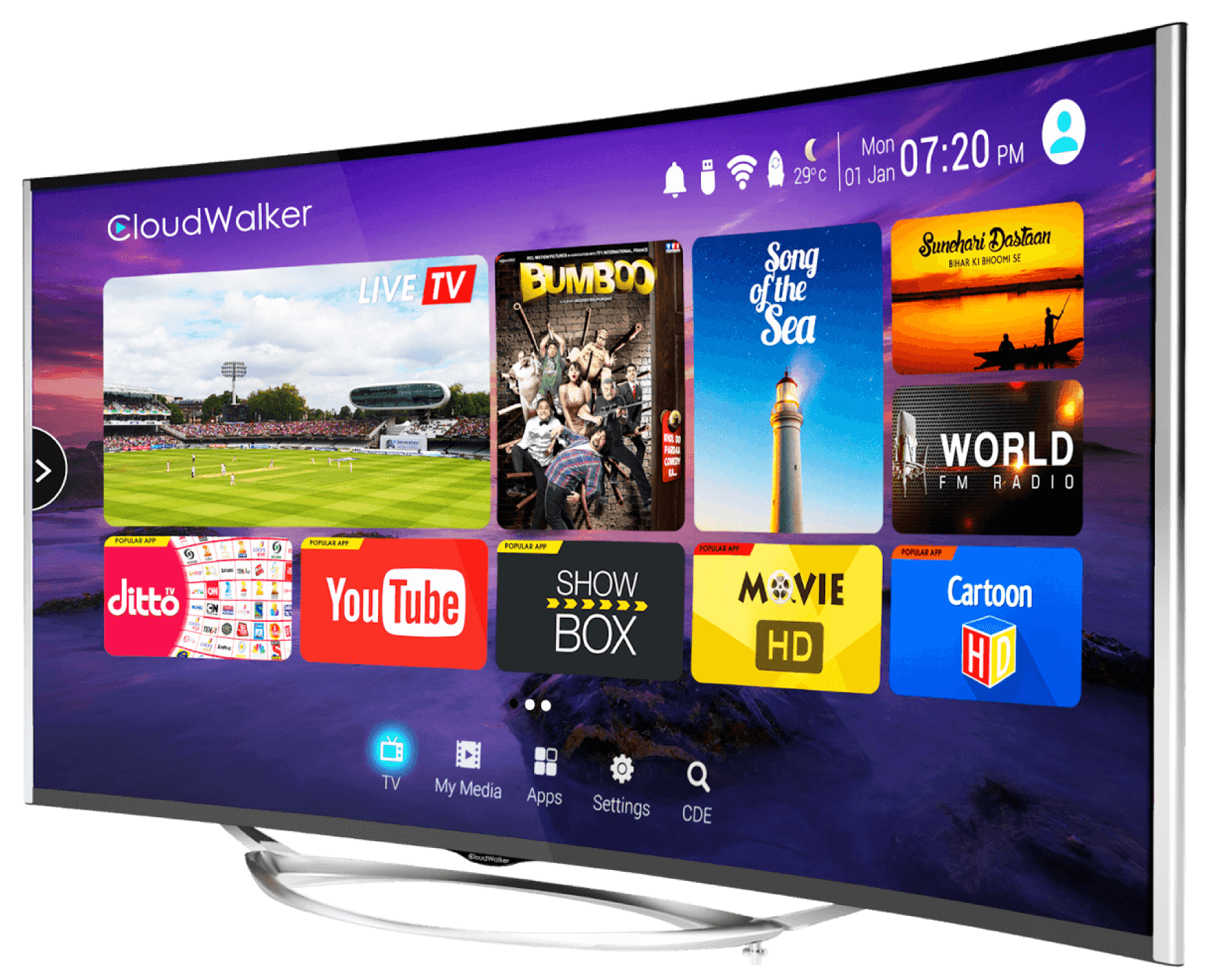IP TV vs Traditional Television: Key Differences

The amusement landscape has undergone a dramatic change over the past decade. Conventional wire and satellite iptv are fast dropping floor to internet-based viewing options, with IPTV (Internet Method Television) emerging as the dominant force reshaping how exactly we consume content.

The Figures Don't Sit
New industry information reveals convincing tendencies that spotlight IPTV's rising dominance. Around 3.5 billion persons world wide now use IPTV companies, addressing a 300% raise from five decades ago. Meanwhile, conventional wire dues have declined by 25% in the same period.
Streaming revenue surpassed traditional TV marketing revenue for the very first time in 2023, achieving $80 million globally. That change represents more than simply changing watching habits—it signals a fundamental change in amusement delivery.
Remarkable Observing Knowledge
IPTV offers many benefits that standard broadcasting simply cannot match. People enjoy on-demand access to vast material libraries, permitting them to watch what they want, if they want. The engineering helps 4K and even 8K resolution loading, providing crystal-clear picture quality that surpasses mainstream broadcast standards.
Fun features set IPTV apart from history systems. People may pause stay TV, rewind missed moments, and access additional material data instantly. Multi-screen seeing functions allow smooth transitions between devices, permitting people to begin watching on their TV and carry on on mobile phones without interruption.
Cost-Effective Amusement Option
Financial factors travel many consumers toward IPTV platforms. Standard wire plans frequently price $100-150 monthly, while IPTV services generally range from $10-50 per month. This significant price decrease makes premium activity accessible to broader audiences worldwide.
The removal of equipment needs further reduces expenses. Unlike cable systems requesting set-top boxes and qualified installment, IPTV works through current internet connections and wise products that a lot of homes already own.
Worldwide Supply and Personalization
IPTV transcends geographical limits, providing international content that conventional broadcasters can't provide. Consumers access coding from multiple countries and languages, making truly personalized activity experiences.
Advanced formulas analyze viewing styles to recommend appropriate material, improving individual pleasure and engagement. This personalization level is impossible with conventional linear transmission, wherever everybody else receives similar development schedules.

Looking Forward
Industry authorities predict IPTV may catch 60% of the world wide tv industry by 2030. The technology's mobility allows quick adaptation to emerging trends like electronic truth integration and active gambling experiences.
5G communities may enhance IPTV abilities, permitting higher quality streams and reducing latency issues. Cloud-based infrastructure changes may help countless parallel people without efficiency degradation.
The future of entertainment obviously favors internet-based delivery systems. IPTV's combination of good quality, cost-effectiveness, and personalization jobs it whilst the definitive answer for contemporary observing preferences. Conventional transmission practices will more than likely become market companies as IPTV remains its rapid expansion across world wide markets.
